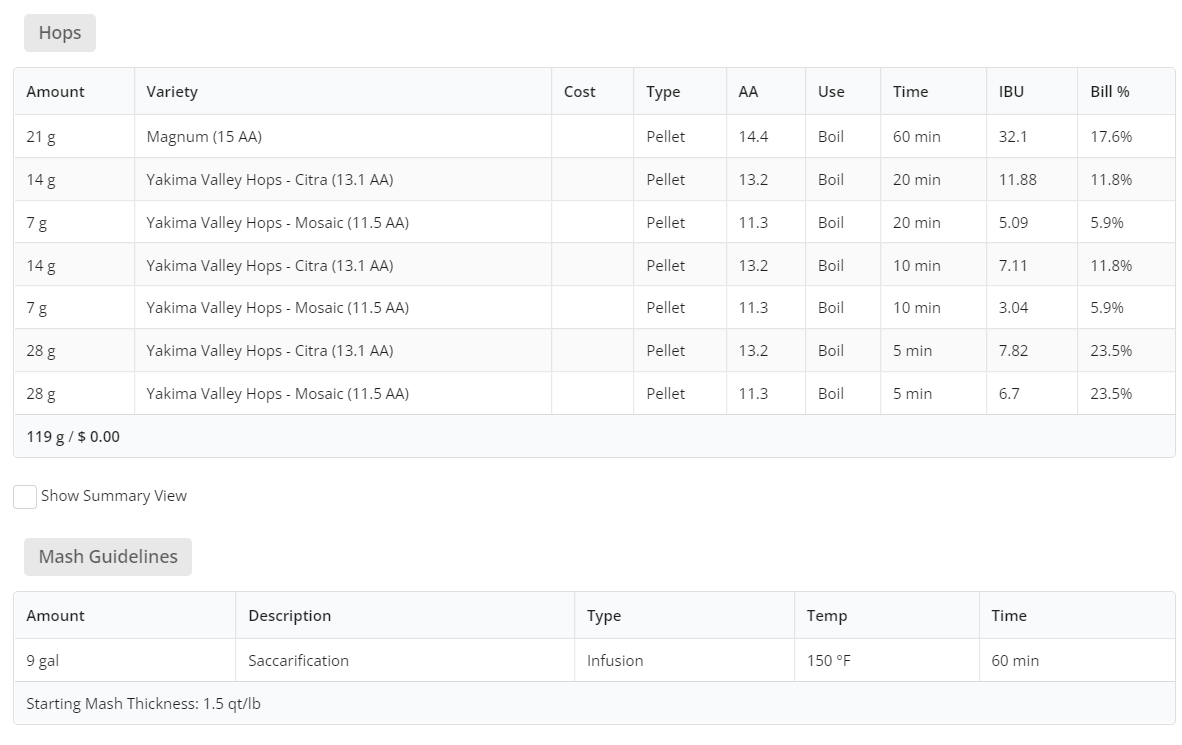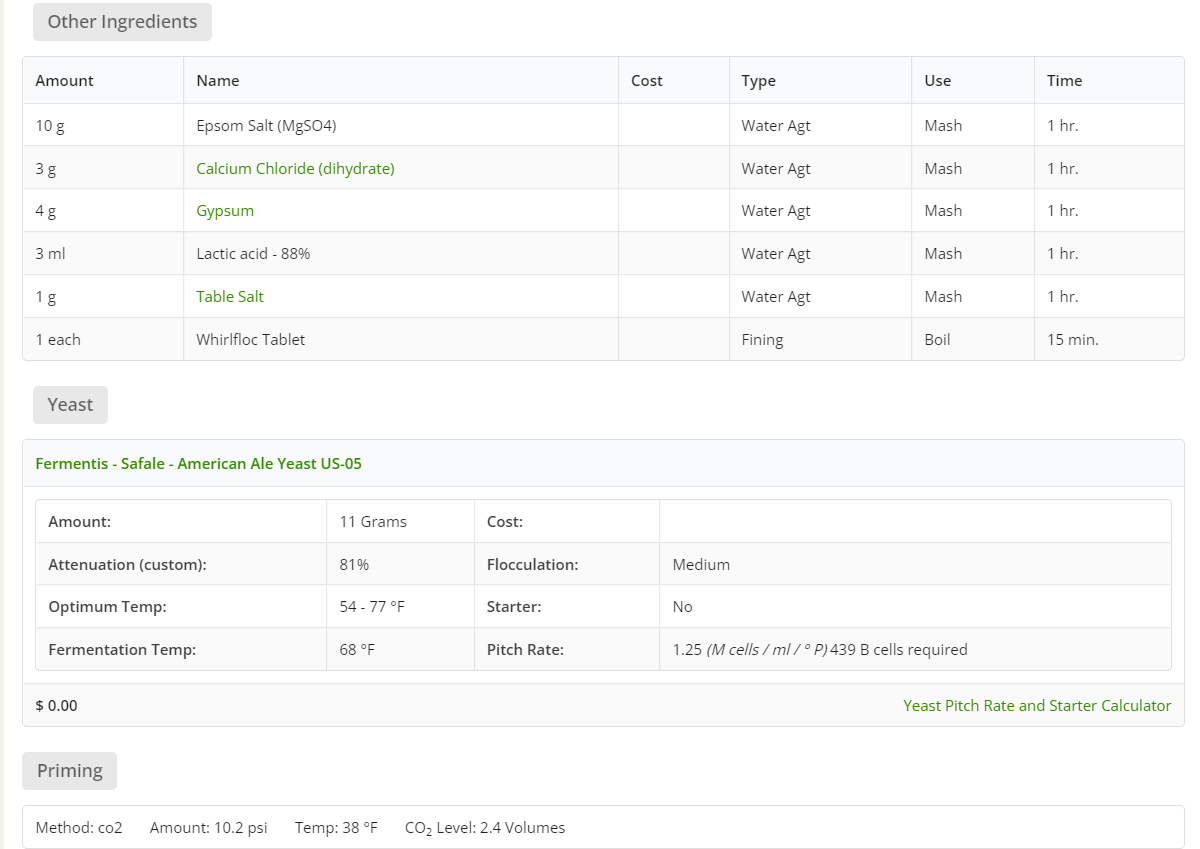Just adding to this conversation. I've been experimenting with US-05 this year. I brewed an Amber ale earlier in the year and noticed a subtle tart/sweetness in the beer. I might say it was cider like, but just barely. Because I had two brews going and my fermentation chamber was full I let the Amber ferment in the basement where the ambient temp was around 64. The mash temp was 150. I had read about US-05's peachy flavors I assumed the flavors were due to a low ferm temp. The beer was still quite good, I was just not excited about the slight tart flavor.
More recently I brewed a Cream of Three crops batch and since I was using 05 again I kept the fermentation temp up around 67. Mash temp was 152. I noticed the tartness again, stronger than in the Amber, but I assumed this was due to the less robust flavors of Three crops VS an Amber ale.
I'm now trying some similar recipes with M44 and Nottingham to see if I notice the flavors there. I did a few brews with liquid yeast in between (Irish Red w/ Omega OYL-005 and another Amber with OYL- 004) and did not notice the tarntess in either of these brews.
Maybe as
@MHBT mentioned, it's just something about my taster that picks up the tartness. Others who try the beers like them and are not that aware of the tartness unless I mention it.
Hmmm










![Craft A Brew - Safale BE-256 Yeast - Fermentis - Belgian Ale Dry Yeast - For Belgian & Strong Ales - Ingredients for Home Brewing - Beer Making Supplies - [3 Pack]](https://m.media-amazon.com/images/I/51bcKEwQmWL._SL500_.jpg)

















































